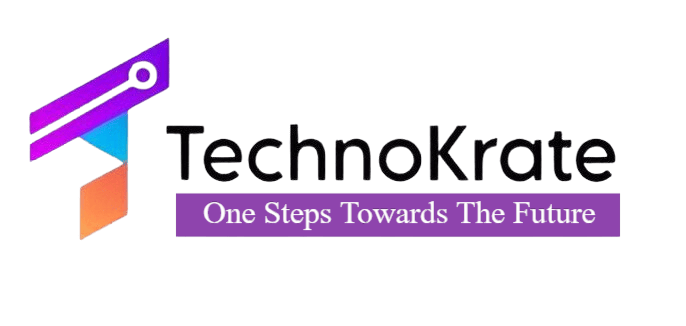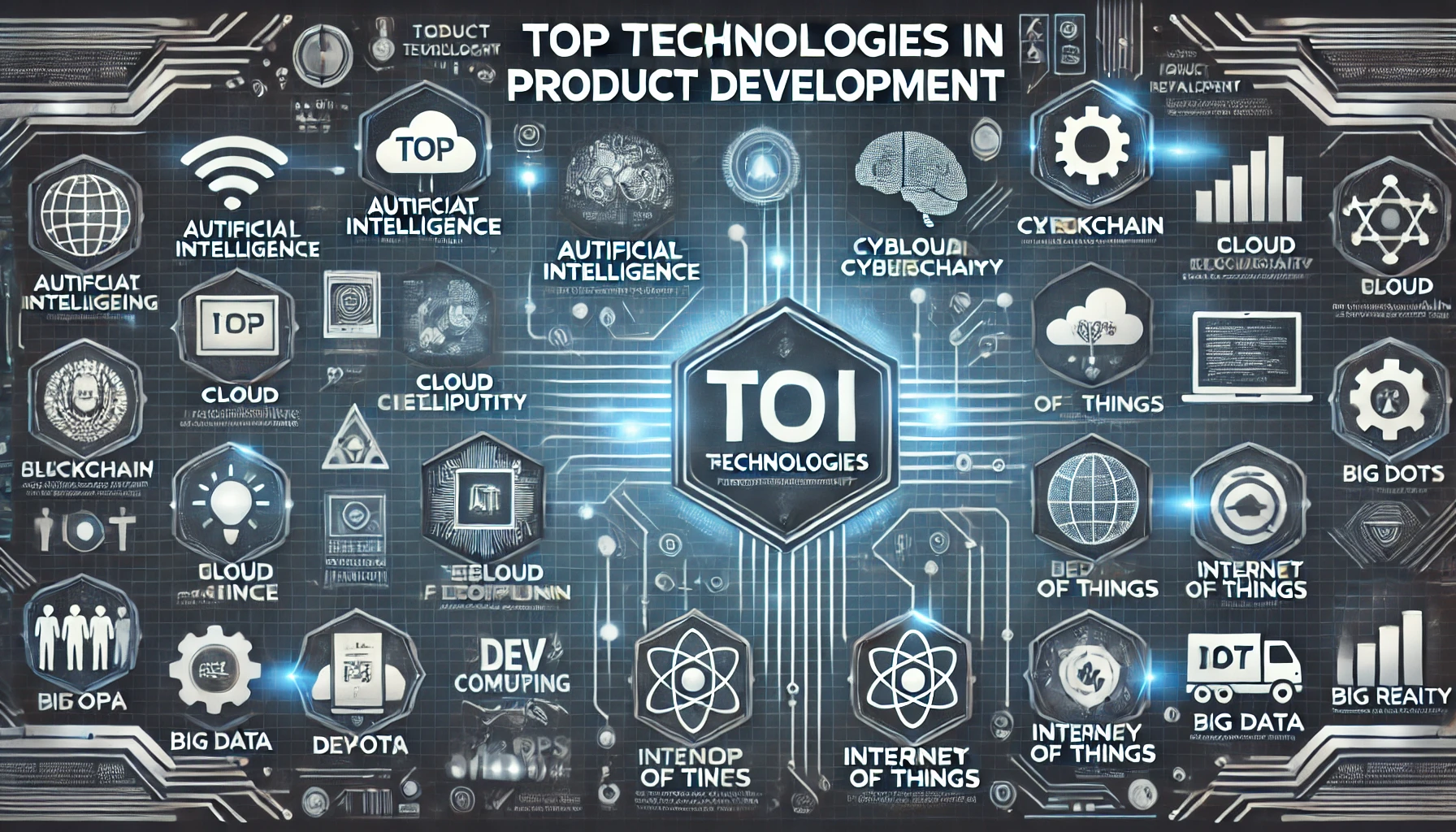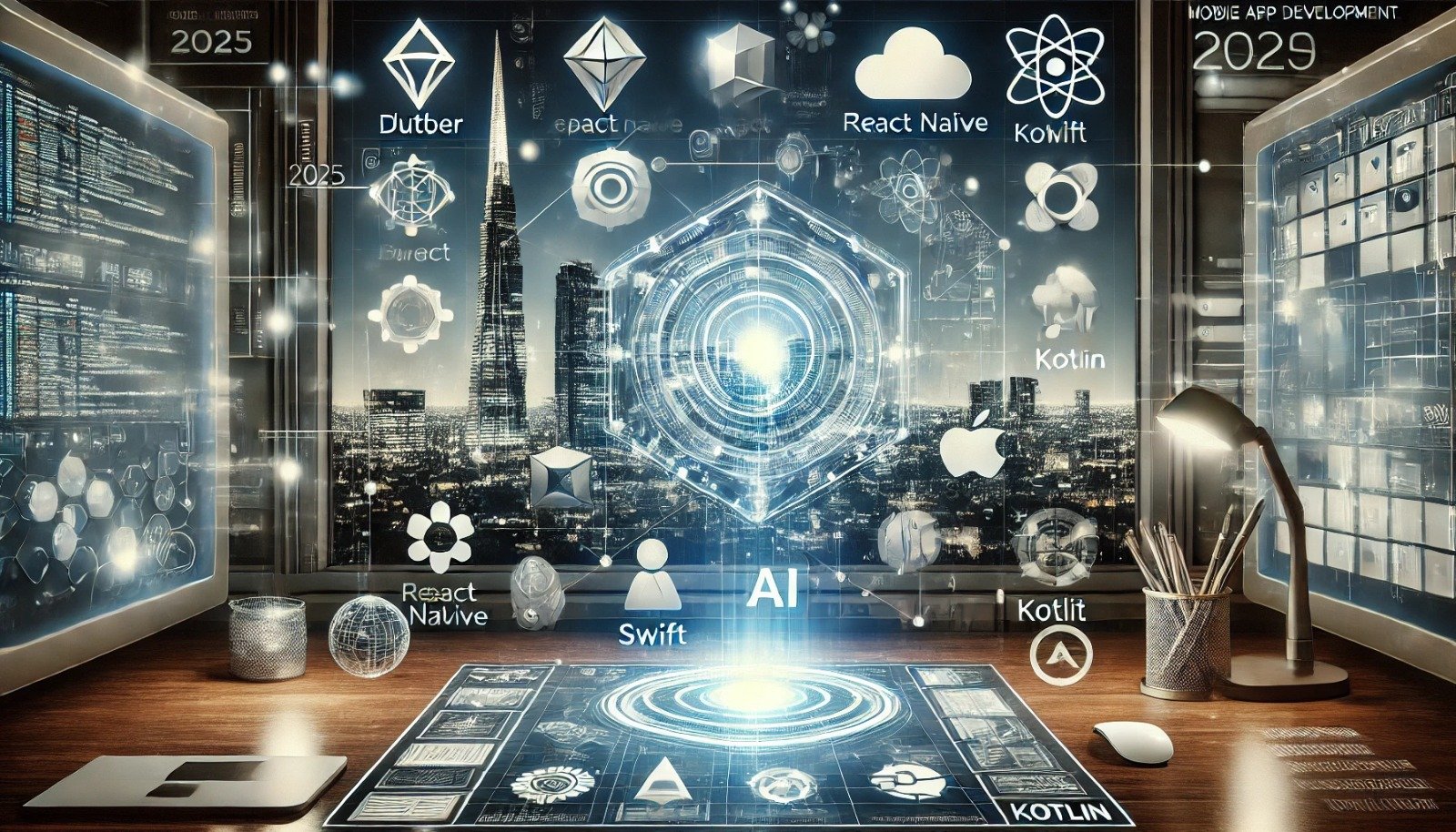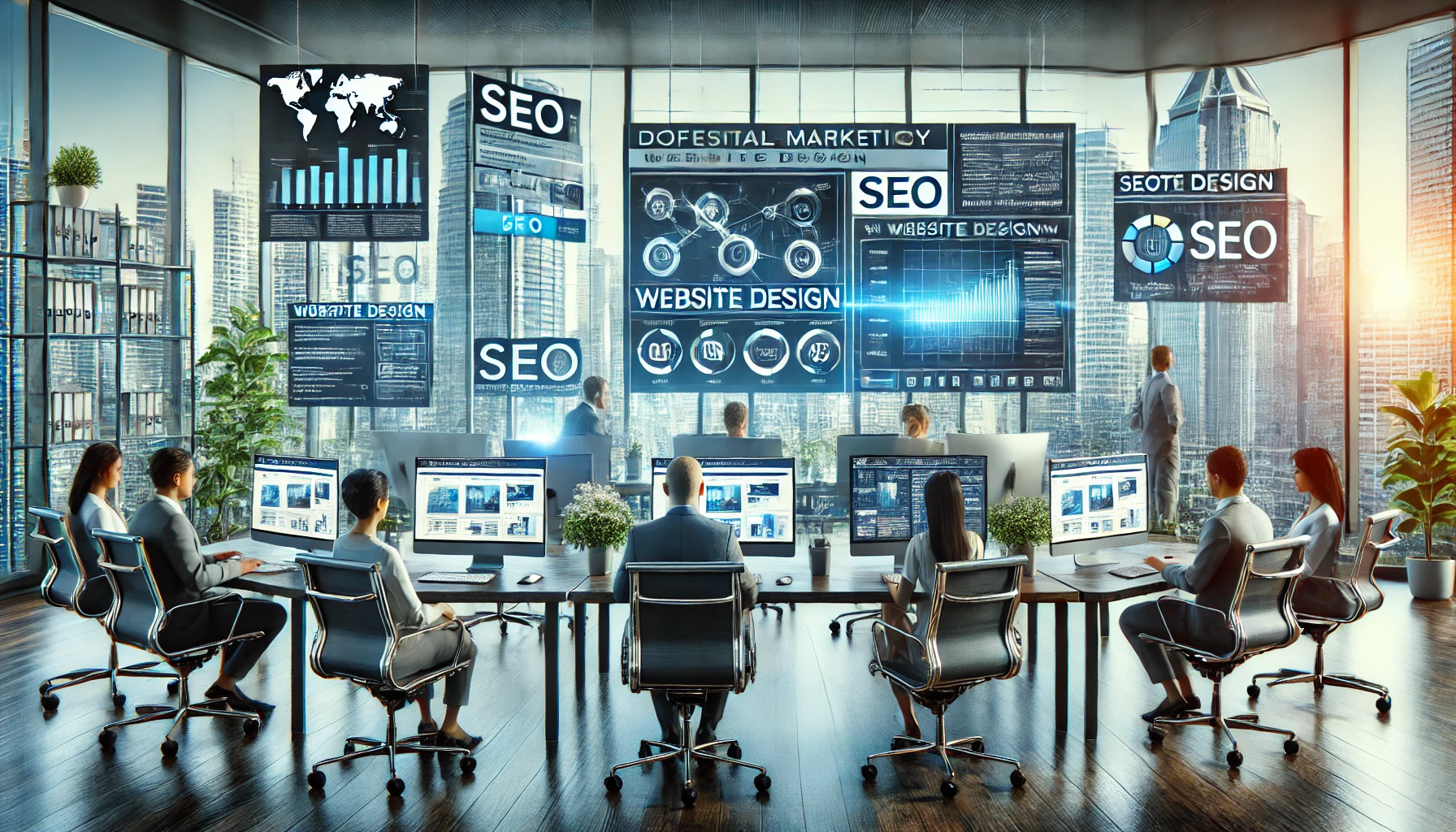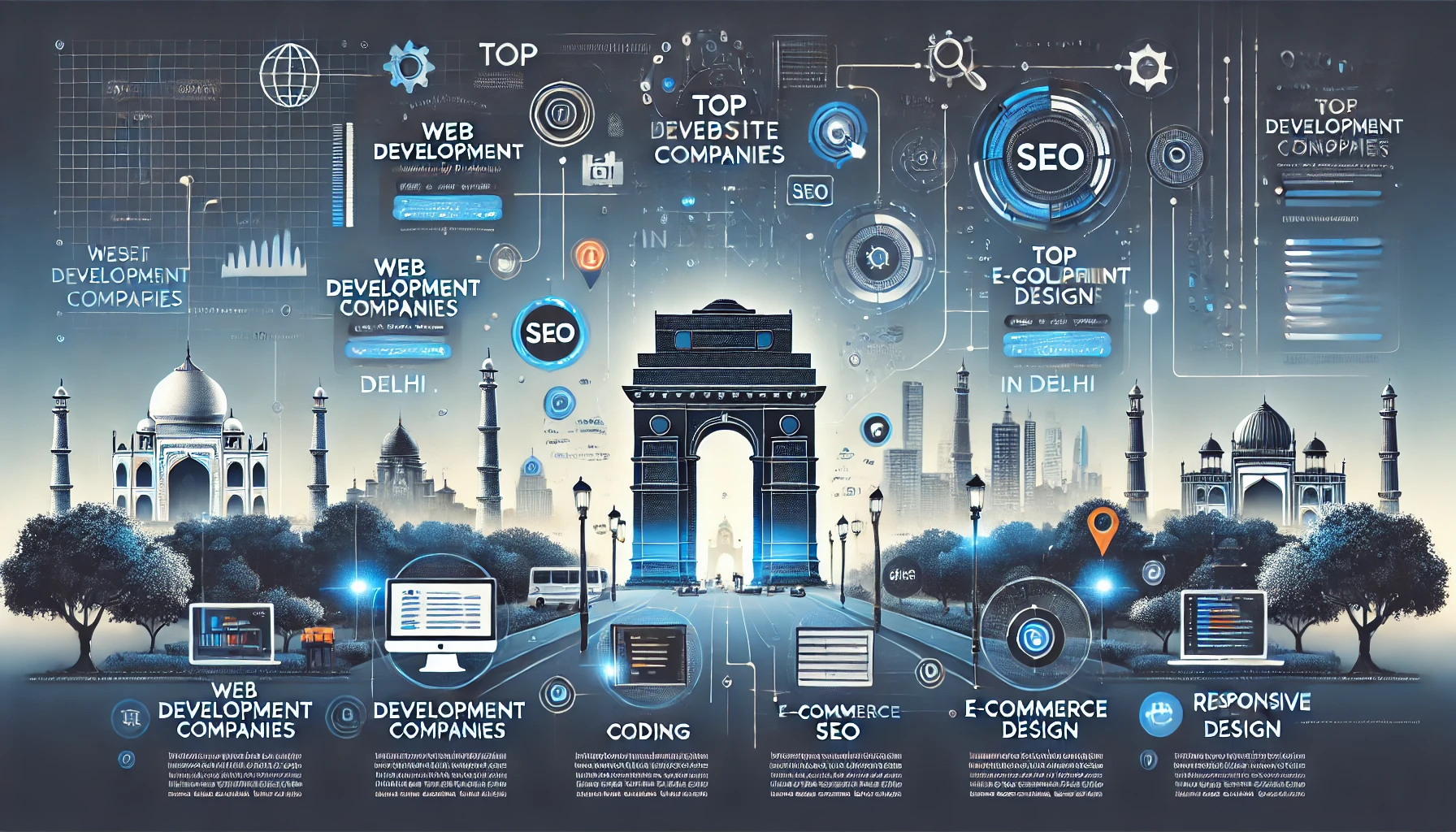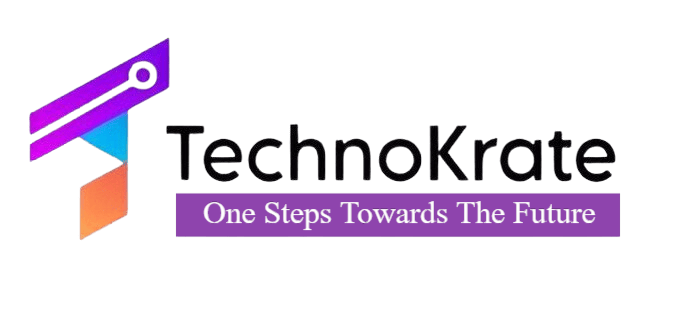Introduction
In today’s fast-paced world, technology is revolutionizing product development across industries. Companies are leveraging cutting-edge innovations to enhance efficiency, reduce costs, and create smarter products. From Artificial Intelligence (AI) to Digital Twins, emerging technologies are reshaping the product lifecycle. This blog explores the Top Technologies driving Product Development and how they are transforming industries.
Artificial Intelligence in Product Design
Artificial Intelligence (AI) is a game-changer in product design and development. By using machine learning algorithms, AI optimizes designs, predicts market trends, and improves decision-making. AI-driven generative design tools help engineers create efficient and innovative prototypes faster than traditional methods. Additionally, AI automates repetitive tasks, allowing designers to focus on creativity and functionality. Companies leveraging AI in product design gain a competitive edge through smarter, data-driven decisions.
Internet of Things (IoT) for Smart Products
The Internet of Things (IoT) is enabling the creation of smart, connected products that enhance user experience and performance. IoT-integrated devices collect real-time data, allowing businesses to monitor product usage, optimize functionality, and deliver personalized experiences. In industries such as healthcare, automotive, and home automation, IoT ensures products remain efficient, responsive, and adaptive to consumer needs.
3D Printing and Rapid Prototyping
3D printing, also known as additive manufacturing, has revolutionized prototyping and production. With rapid prototyping, companies can iterate designs quickly, reduce costs, and bring products to market faster. 3D printing allows the creation of complex geometries that are impossible with traditional manufacturing techniques. Industries like aerospace, healthcare, and automotive are harnessing 3D printing for customized parts, lightweight structures, and cost-effective manufacturing.
Blockchain for Secure Supply Chains
Blockchain technology ensures transparency, security, and traceability in supply chains. By recording transactions on an immutable ledger, blockchain minimizes fraud, improves accountability, and enhances product authentication. This technology is particularly beneficial in industries such as pharmaceuticals, food, and electronics, where supply chain integrity is crucial. With blockchain, companies can track products from manufacturing to delivery, ensuring trust and compliance.
Cloud Computing in Product Development
Cloud computing has transformed product development by enabling collaboration, scalability, and real-time data access. Engineers and designers can work remotely, share resources, and utilize cloud-based software for design, simulation, and testing. Cloud platforms provide scalable storage, reducing infrastructure costs and allowing businesses to focus on innovation. The flexibility of cloud computing accelerates development cycles and improves productivity.
Augmented Reality (AR) and Virtual Reality (VR) for Prototyping
AR and VR technologies are reshaping prototyping and product visualization. Virtual prototypes allow designers and stakeholders to interact with products in a digital environment before manufacturing. AR enhances real-world applications by overlaying digital information onto physical objects, improving design validation and customer engagement. These immersive technologies reduce errors, improve user experience, and streamline product iterations.
Big Data and Analytics in Market Research
Big Data and analytics provide valuable insights into consumer behavior, market trends, and product performance. Companies leverage data-driven strategies to enhance decision-making, optimize pricing, and personalize marketing. Predictive analytics helps businesses anticipate demand, reduce risks, and create products that align with consumer preferences. By harnessing Big Data, organizations gain a competitive advantage in product development and market positioning.
Robotics and Automation in Manufacturing
Robotics and automation are transforming manufacturing by improving efficiency, precision, and safety. Automated assembly lines enhance productivity, reduce errors, and minimize production costs. Collaborative robots (cobots) work alongside humans, optimizing workflows and increasing operational flexibility. Industries such as automotive, electronics, and pharmaceuticals are heavily investing in robotics to streamline production and improve quality control.
Digital Twin Technology for Simulation
Digital Twin technology creates virtual replicas of physical products, enabling real-time monitoring, testing, and optimization. By simulating real-world conditions, companies can identify potential failures, enhance performance, and reduce maintenance costs. Digital Twins are widely used in industries like aerospace, healthcare, and industrial manufacturing to improve efficiency and innovation. This technology enables businesses to make data-driven decisions and enhance product reliability.
Sustainable and Green Technologies
Sustainability is a key focus in Modern Product Development. Companies are integrating green technologies to reduce environmental impact, enhance energy efficiency, and promote circular economy practices. Eco-friendly materials, biodegradable packaging, and energy-efficient manufacturing processes are driving sustainable innovation. Businesses that prioritize sustainability not only meet regulatory requirements but also appeal to eco-conscious consumers.
Conclusion
The rapid advancement of Technology is reshaping Product Development, making it more efficient, innovative, and customer-centric. From AI-driven design to blockchain-secured supply chains, these technologies offer businesses the tools to stay ahead in a competitive market. Embracing these innovations ensures faster product iterations, reduced costs, and enhanced sustainability. Companies that leverage these cutting-edge technologies will lead the future of product development and redefine industry standards.
